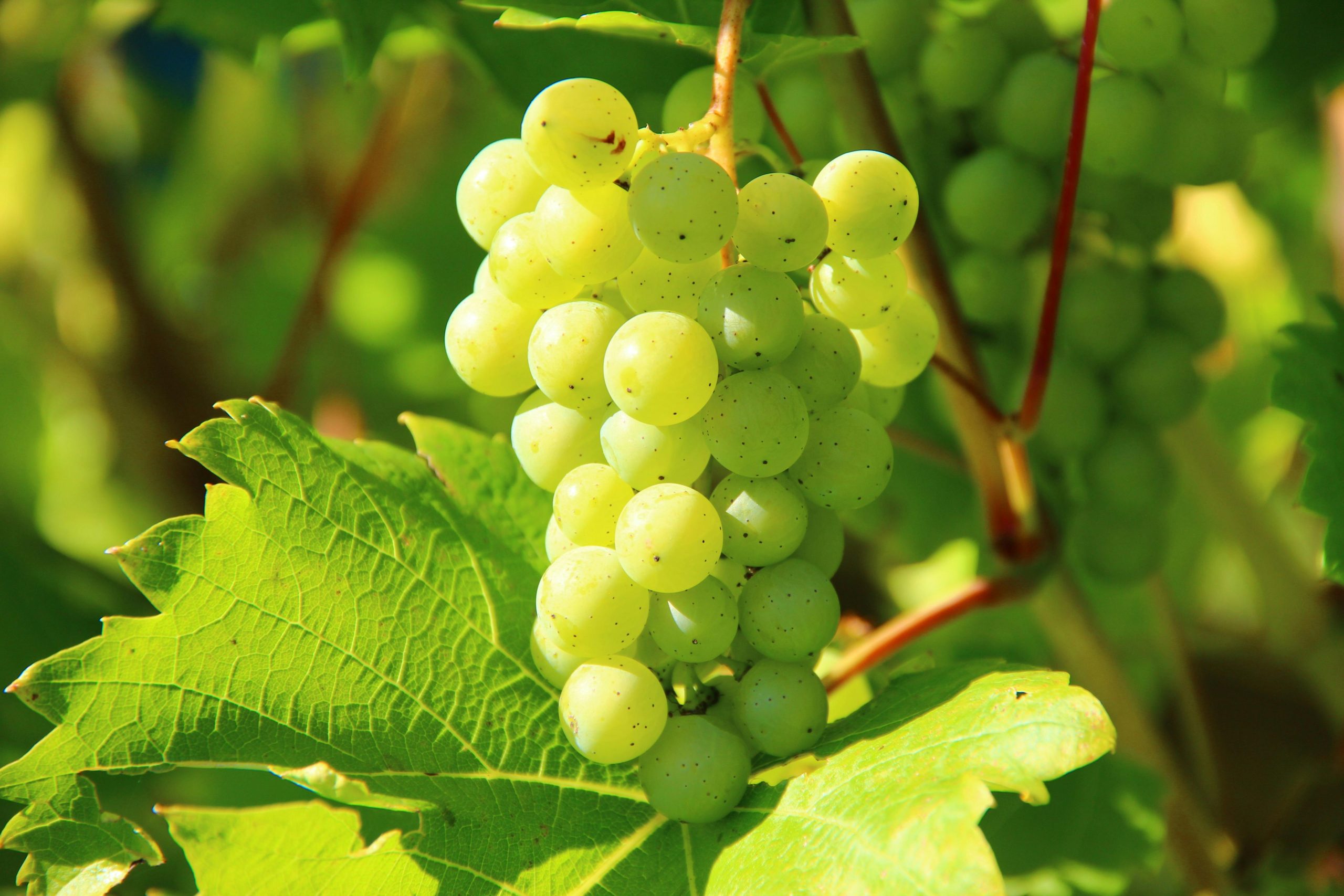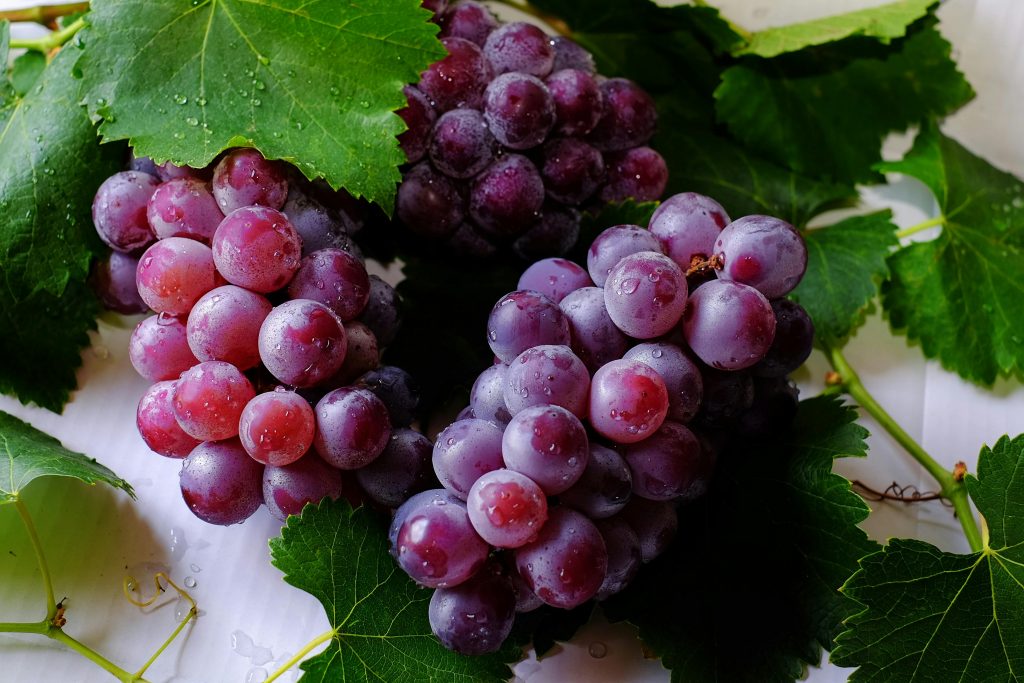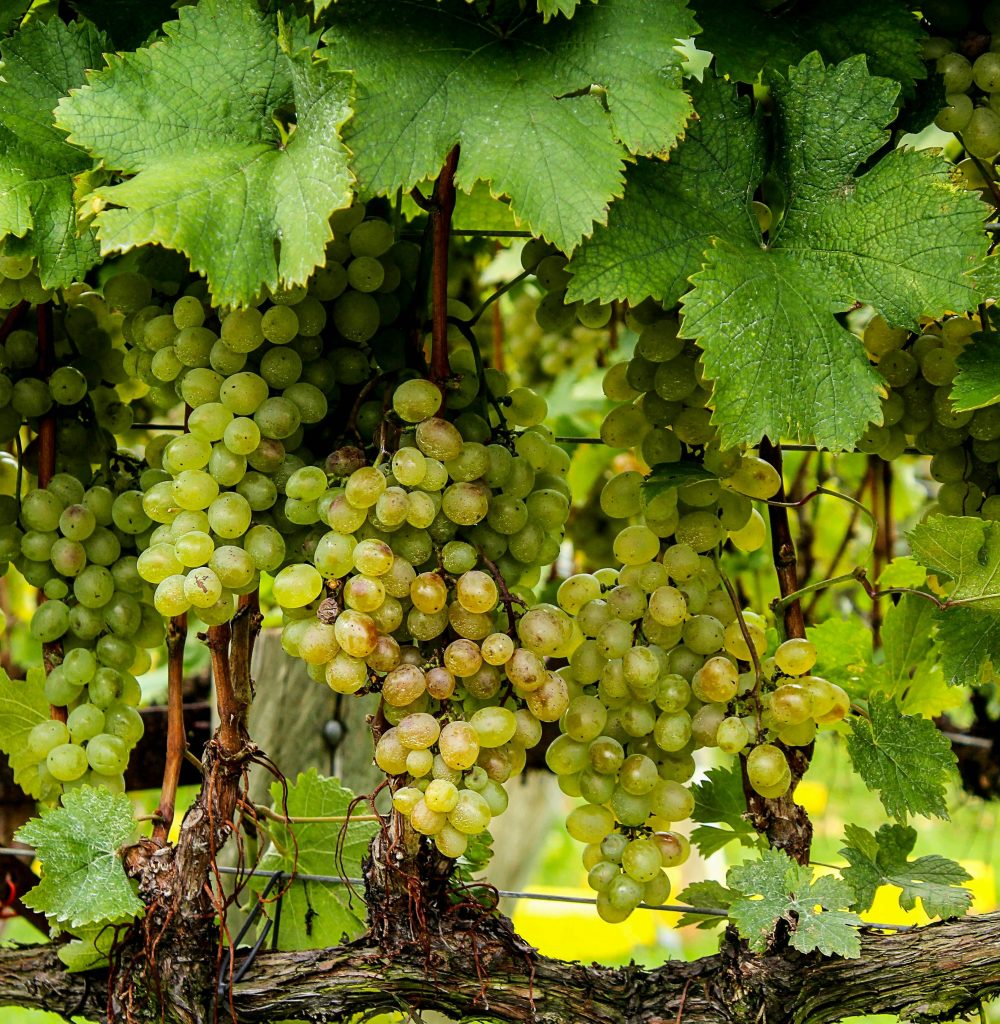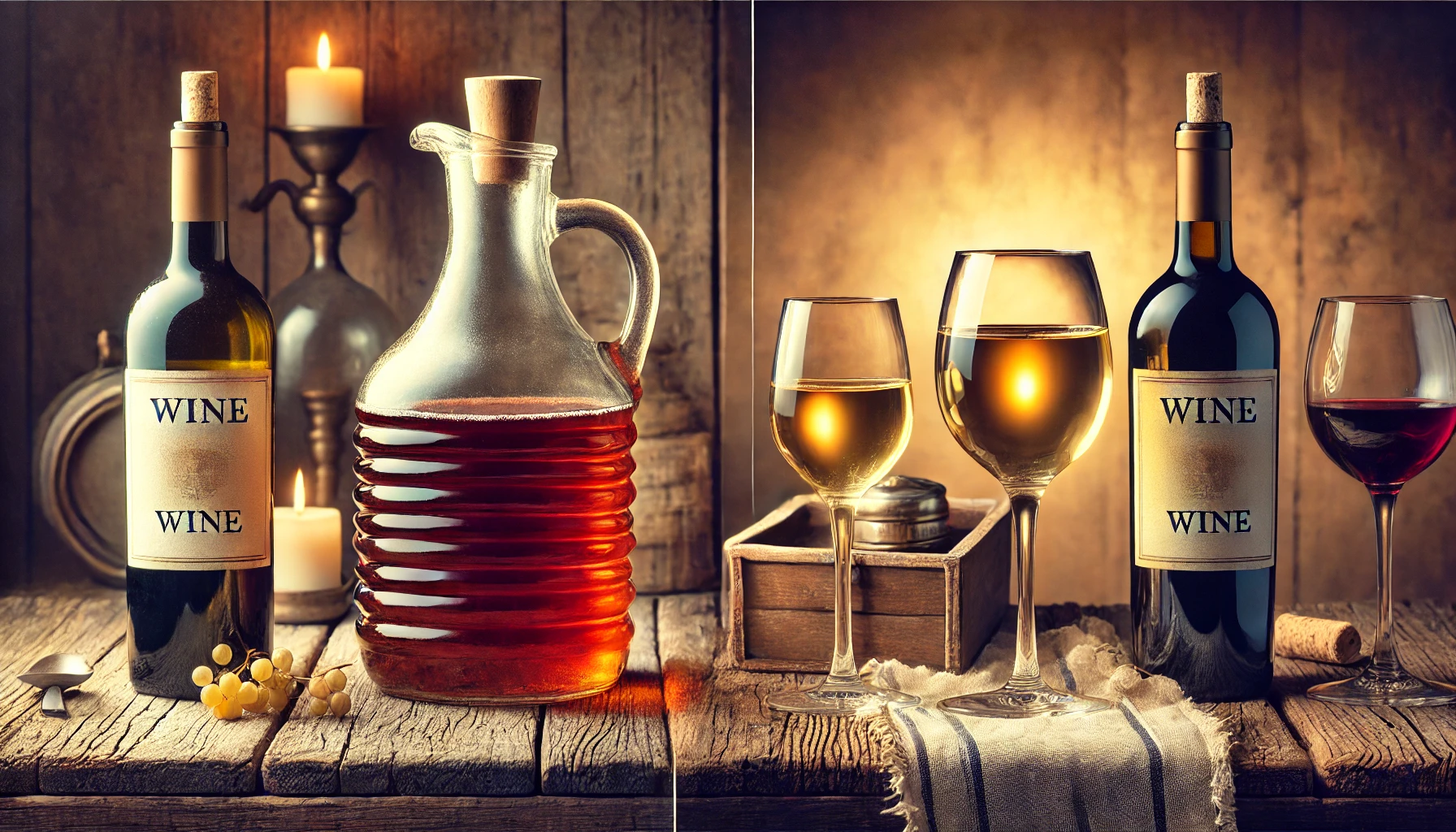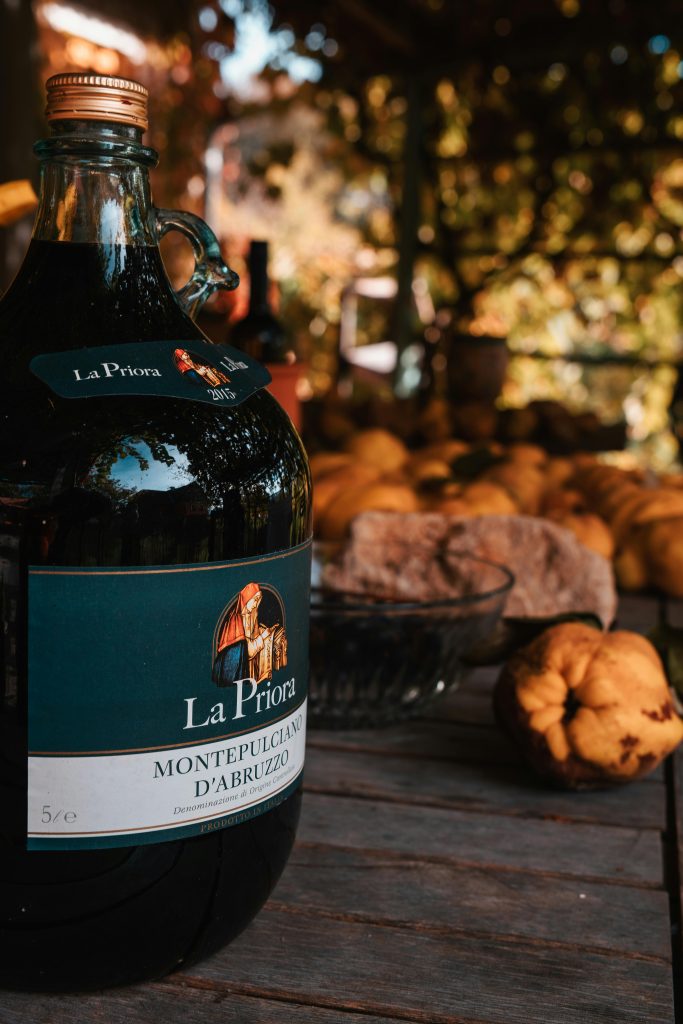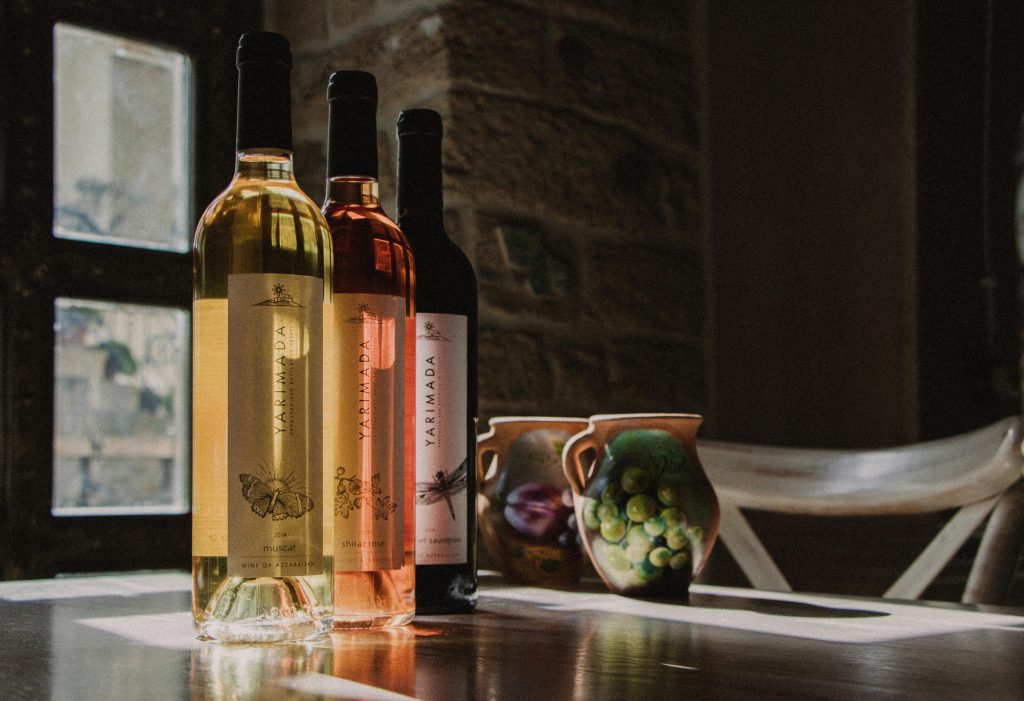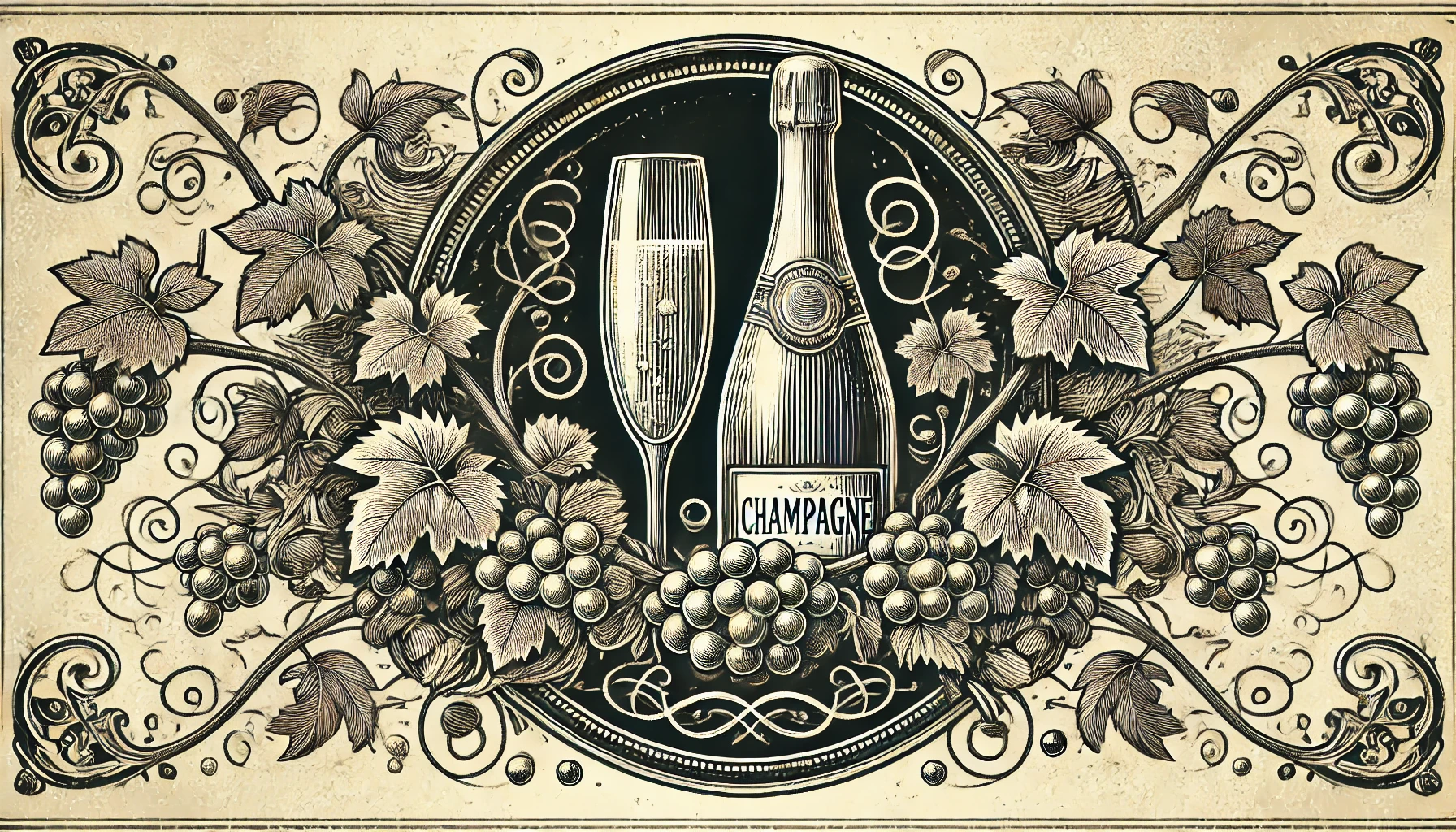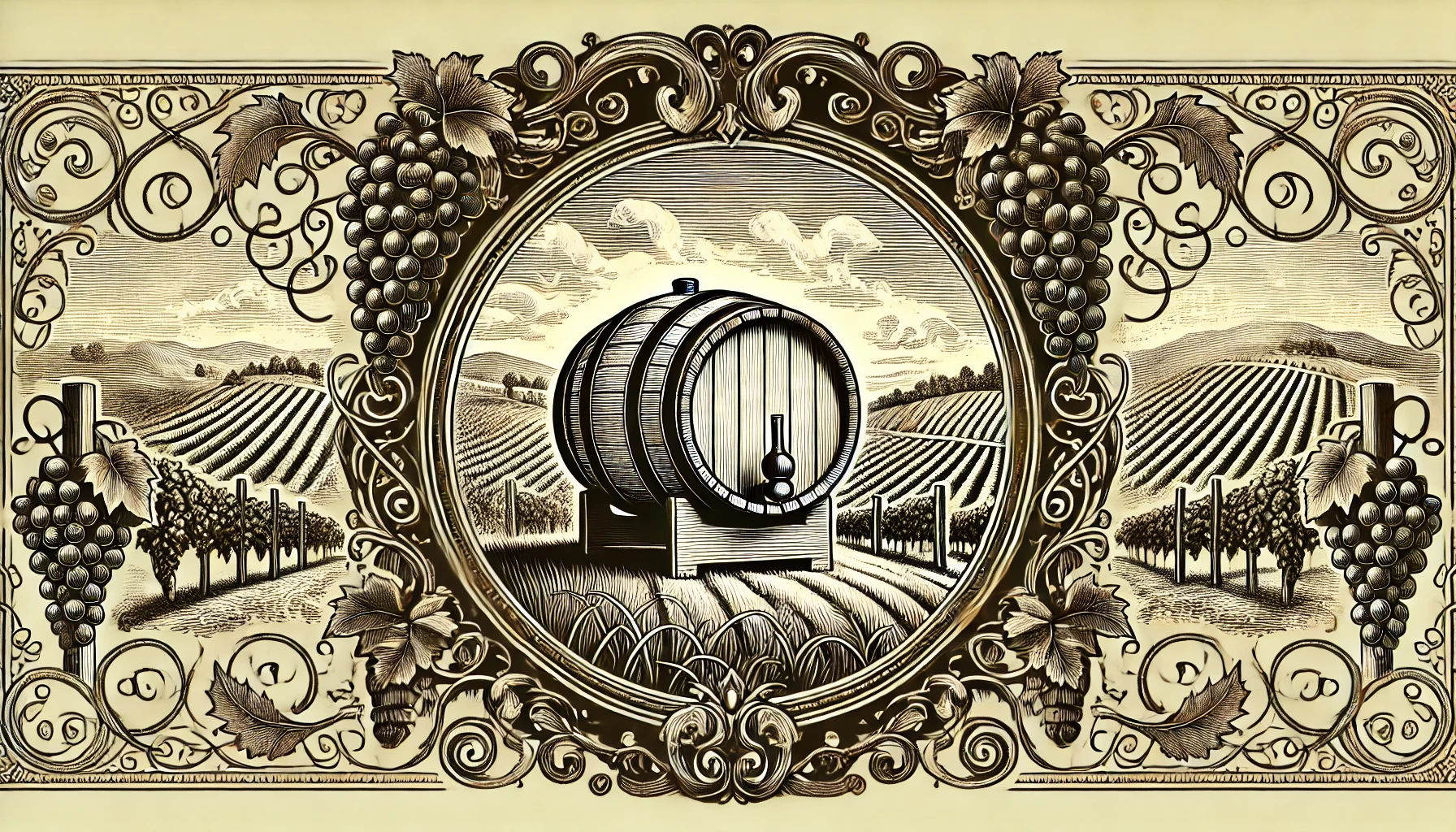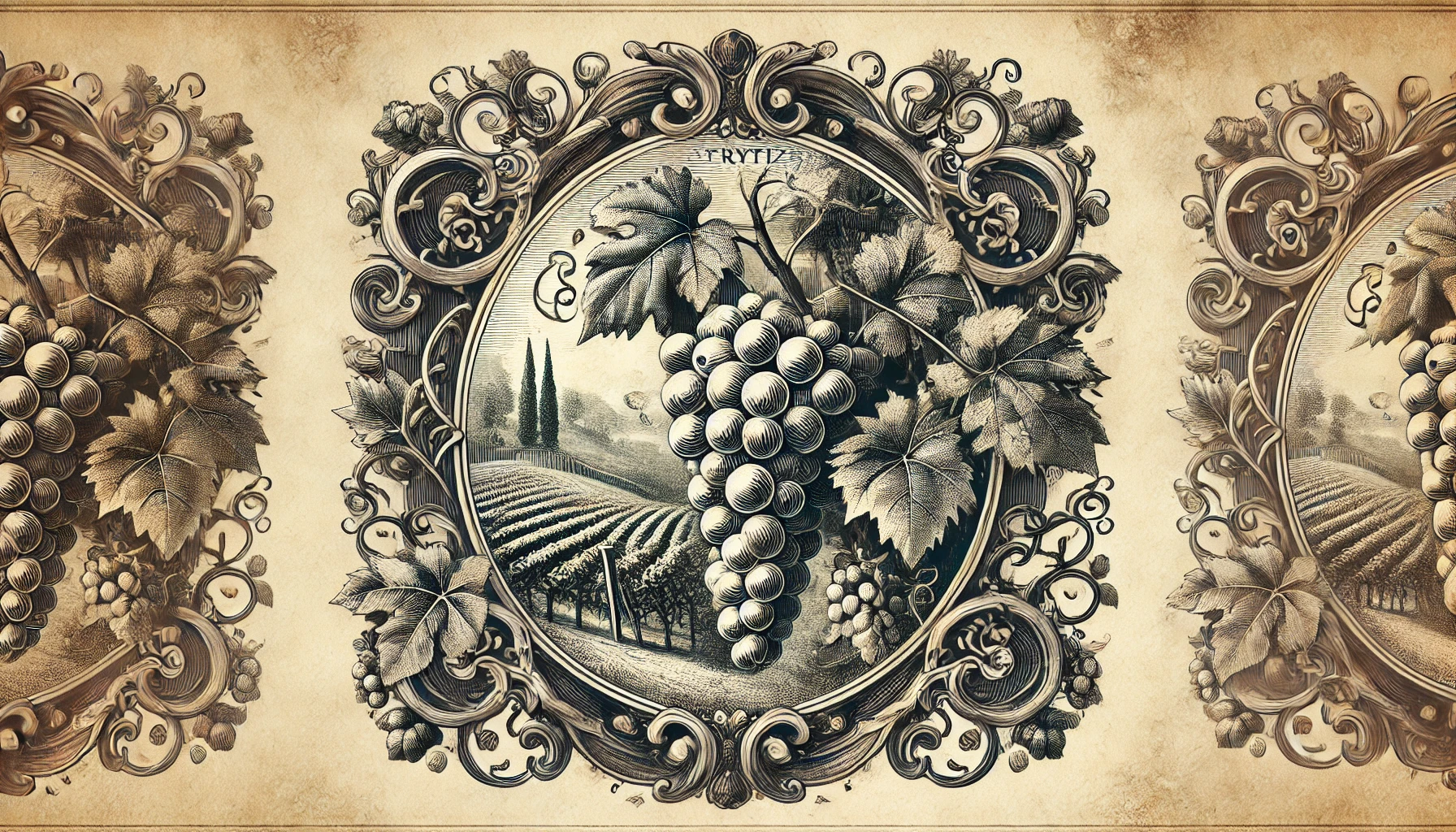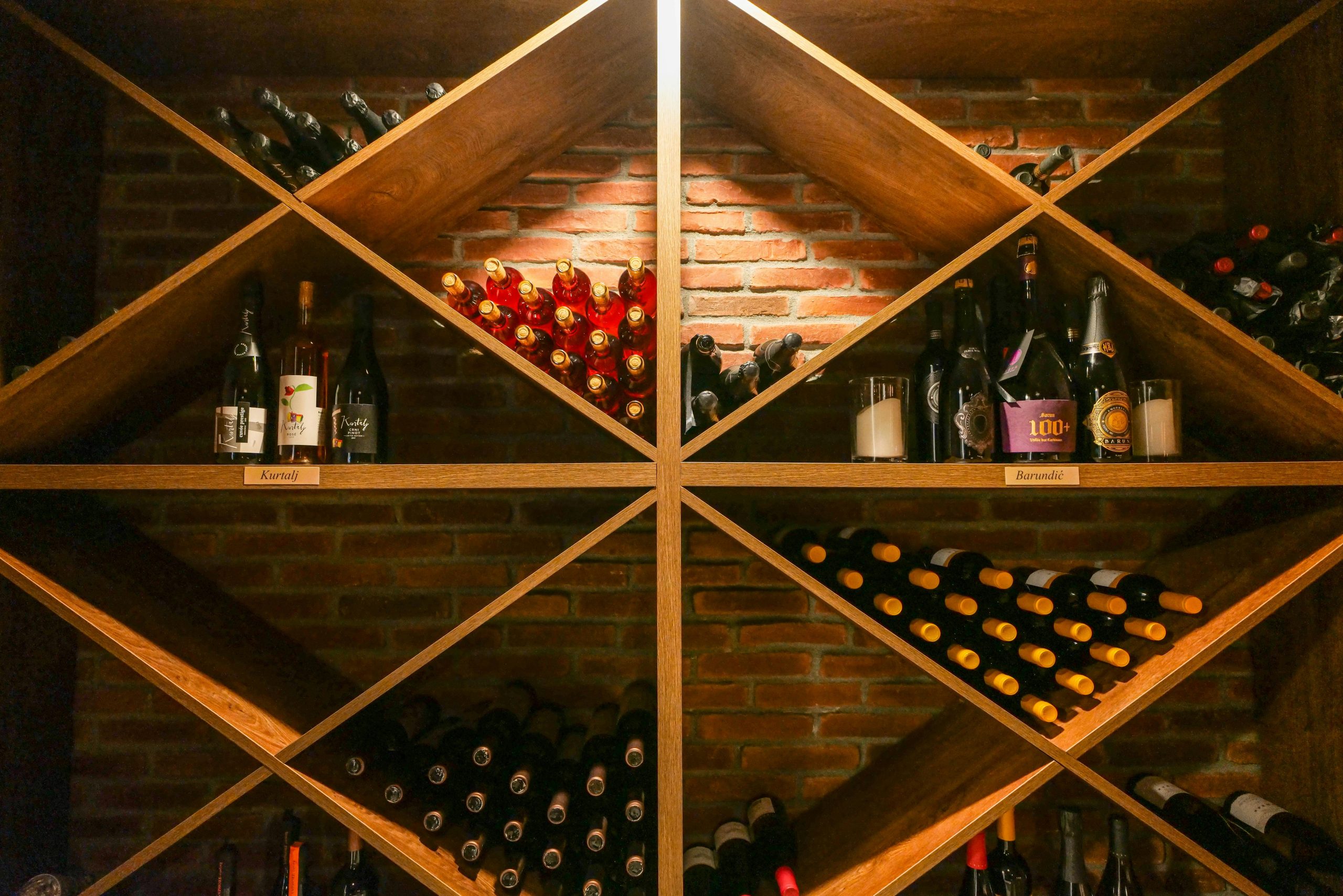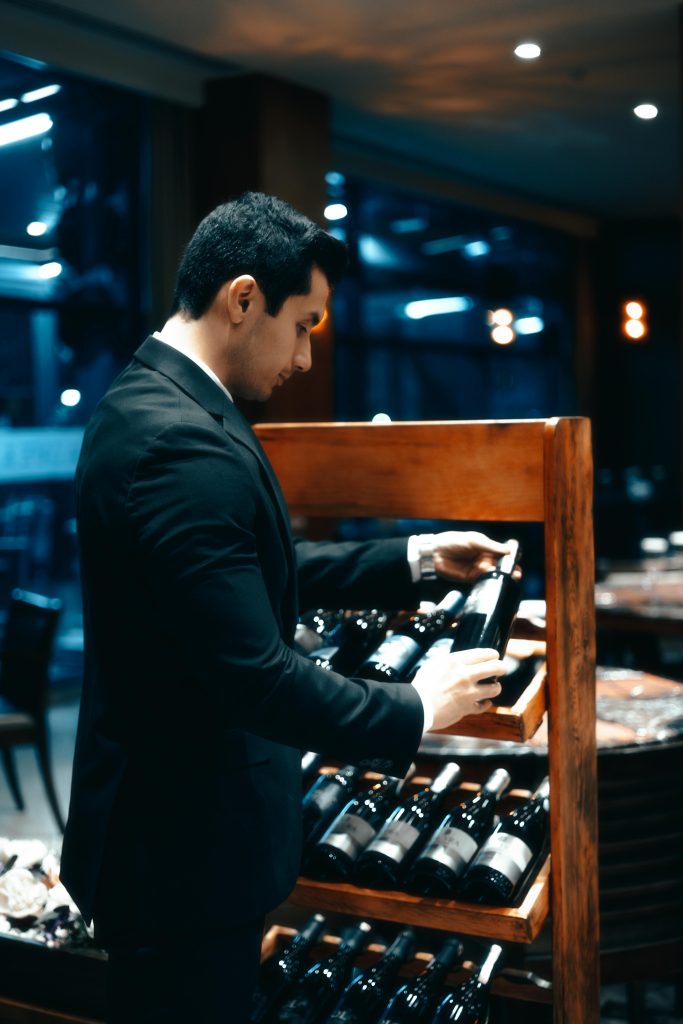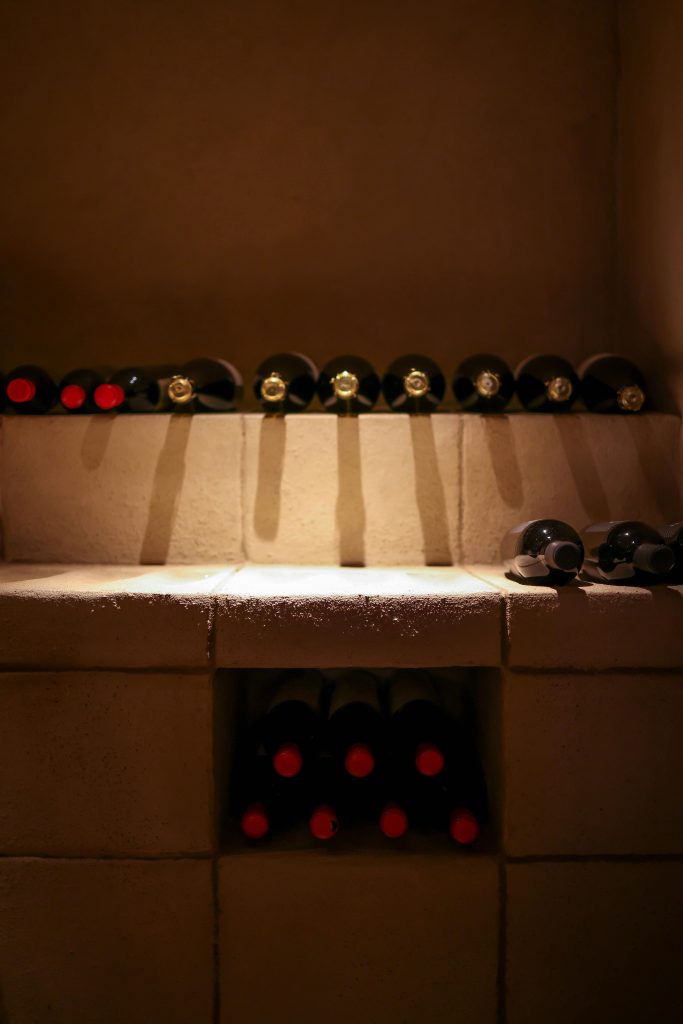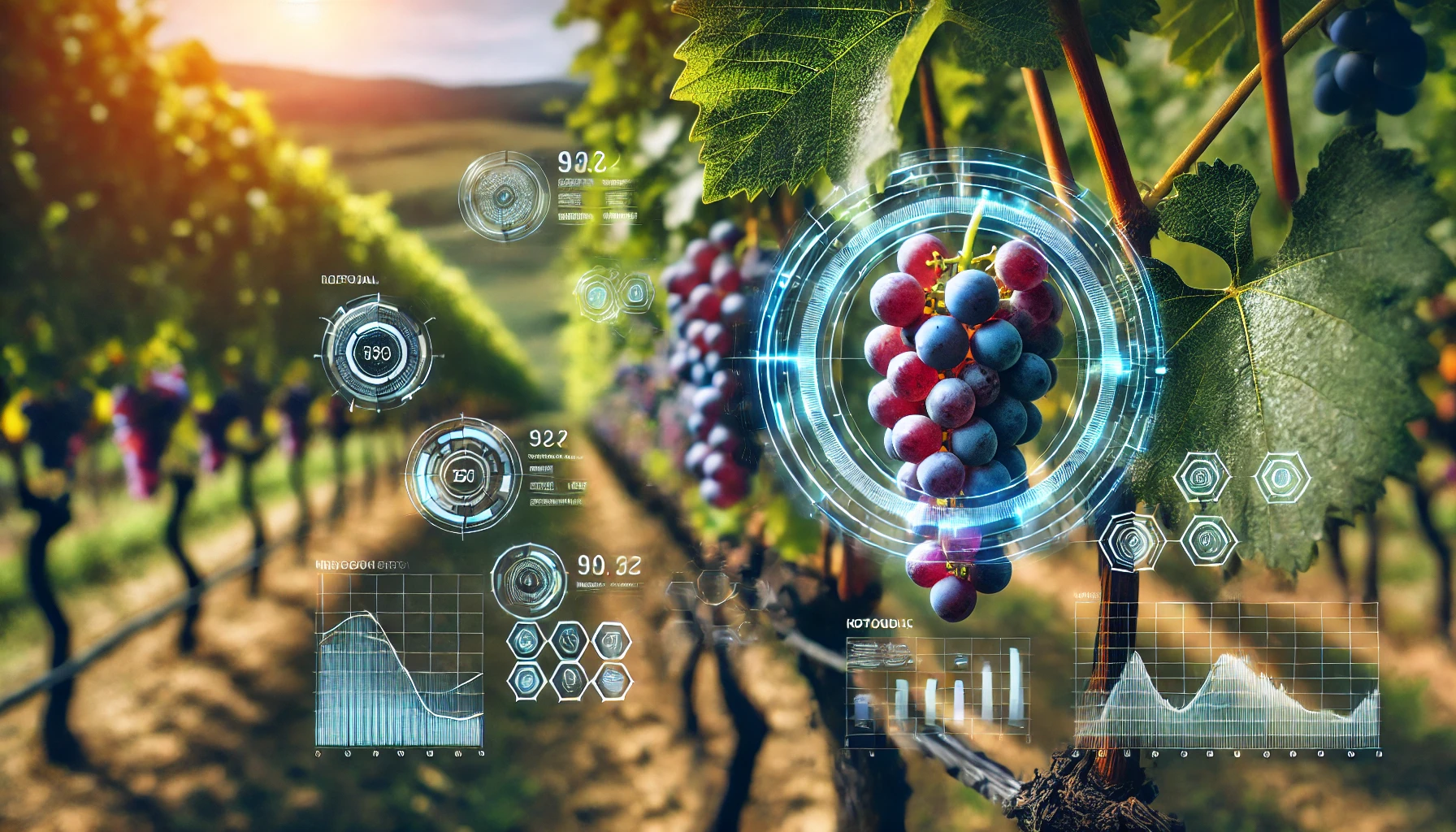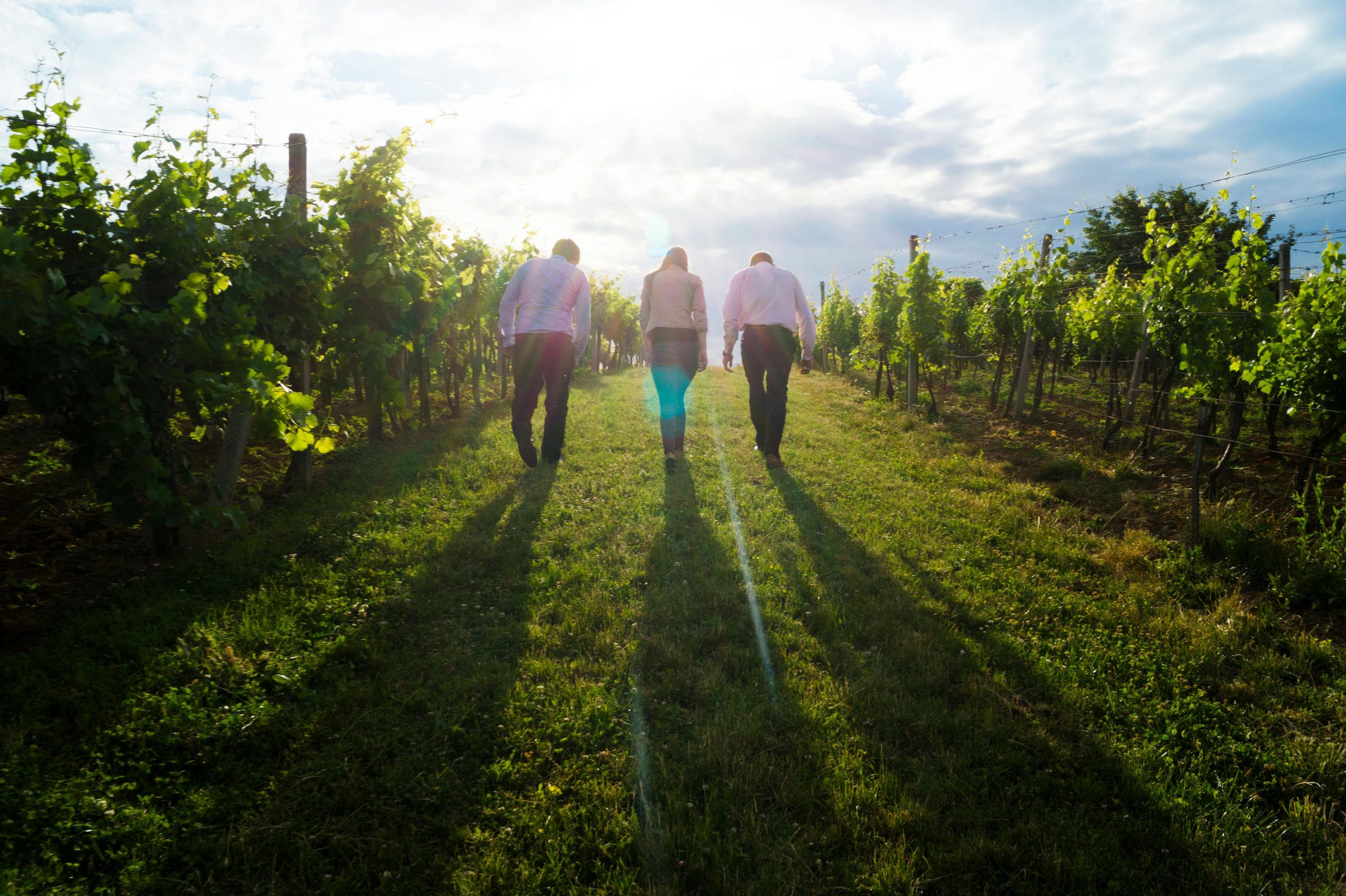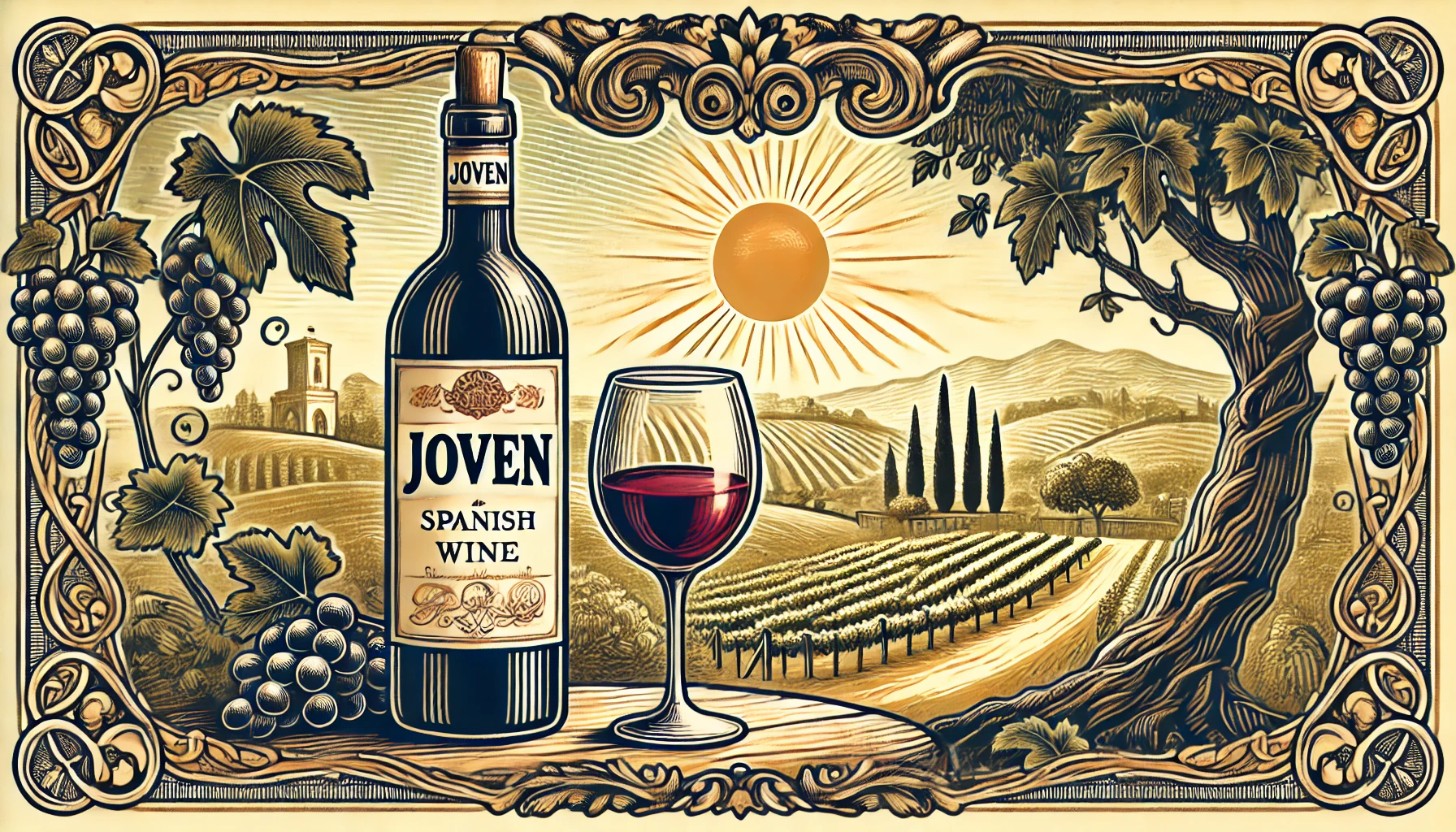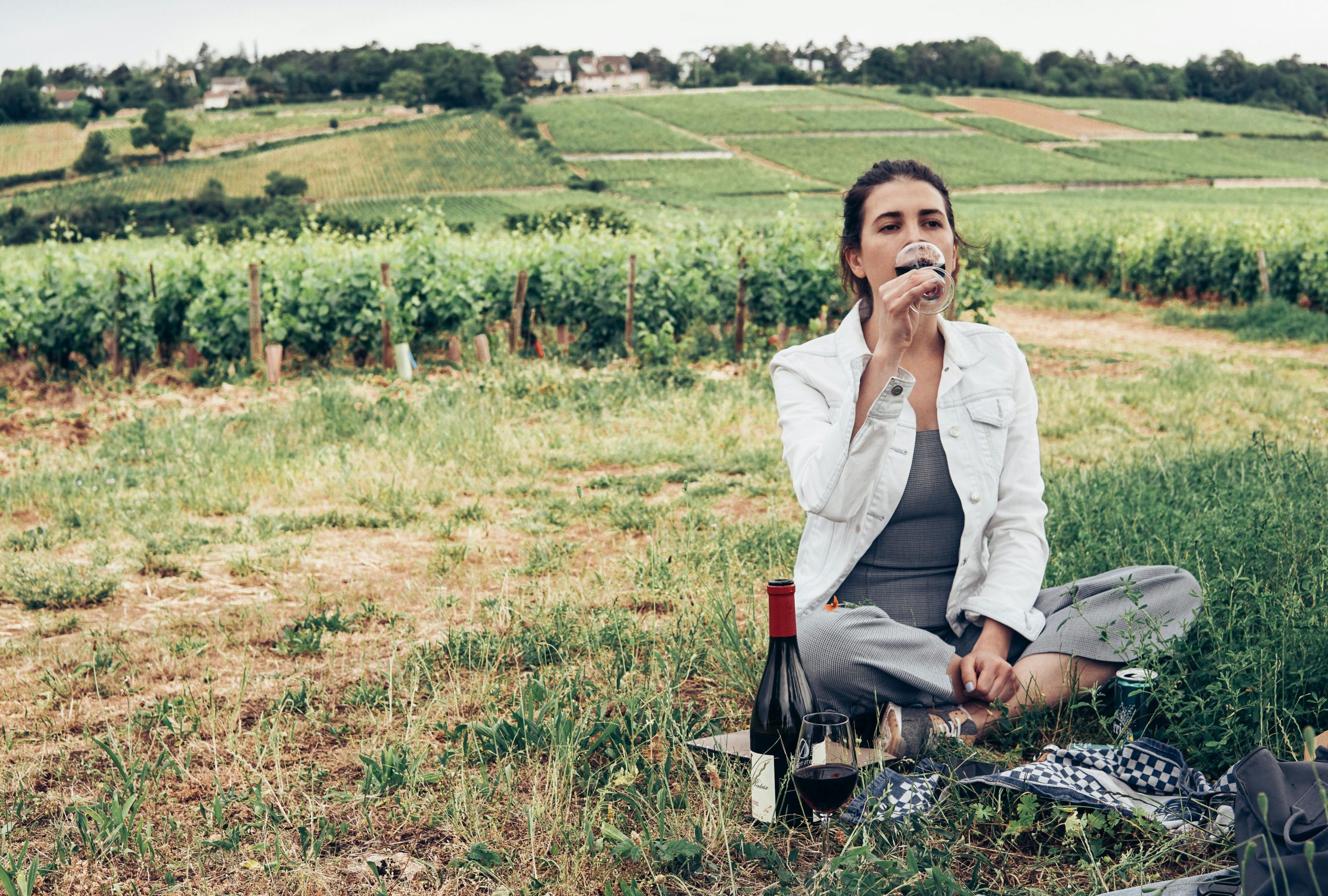
Once adored, Australian Cabernet Sauvignon took a bit of a back seat to other varietals, like Shiraz. But things are changing. A new wave of winemaking in Australia and enthusiasts are putting this bold, distinctive grape back in the spotlight. So, what’s behind this resurgence? In this article, we’ll look into the history, discuss recent trends, meet the game-changers, and explore what makes Aussie Cabernet Sauvignon so intriguing today.
A Brief History of Cabernet Sauvignon in Australia
Australian Cabernet Sauvignon has a long, storied past. Introduced to the country in the mid-19th century, Cabernet found its ideal growing regions in places like Coonawarra, Margaret River, and the Barossa Valley. By the 1970s, these regions were producing bold, structured Cabs that held their own on the world stage. But then came the rise of Shiraz, and Cabernet began to slip out of the spotlight.
Why Did Cabernet Sauvignon Fall Out of Favor?
Throughout the 1980s and 1990s, the wine world fell in love with rich, fruit-forward Shiraz. Cabernet Sauvignon felt a little too restrained in comparison, with many Australians and global consumers viewing it as too tannic, too serious. As Shiraz sales boomed, winemakers pivoted to meet demand, producing more of what was selling and reducing Cabernet Sauvignon plantings.
Why the Revival Now?
So, what’s bringing Cabernet Sauvignon back into focus? Here are a few key factors:
1. Shifting Tastes in Wine
Wine drinkers today want a different experience. Instead of the big, bold flavors of Shiraz, they’re craving more nuanced, complex wines. Cabernet Sauvignon fits the bill. It offers structure, balance, and an elegance that appeals to seasoned wine lovers and newcomers alike.
2. Innovation in Winemaking
Winemakers are experimenting with new techniques to make Cabernet more approachable. Some use whole-bunch fermentation, others experiment with different oak treatments. This experimentation brings out softer tannins and more expressive flavors, which appeal to modern palates.
3. Climatic Shifts and Vineyard Practices
Climate change is reshaping how—and where—Australian Cabernet Sauvignon grows best. Traditionally cooler regions like Coonawarra and Margaret River are seeing slightly warmer conditions, which helps the Cabernet grape ripen more consistently, resulting in more reliable, vibrant vintages.
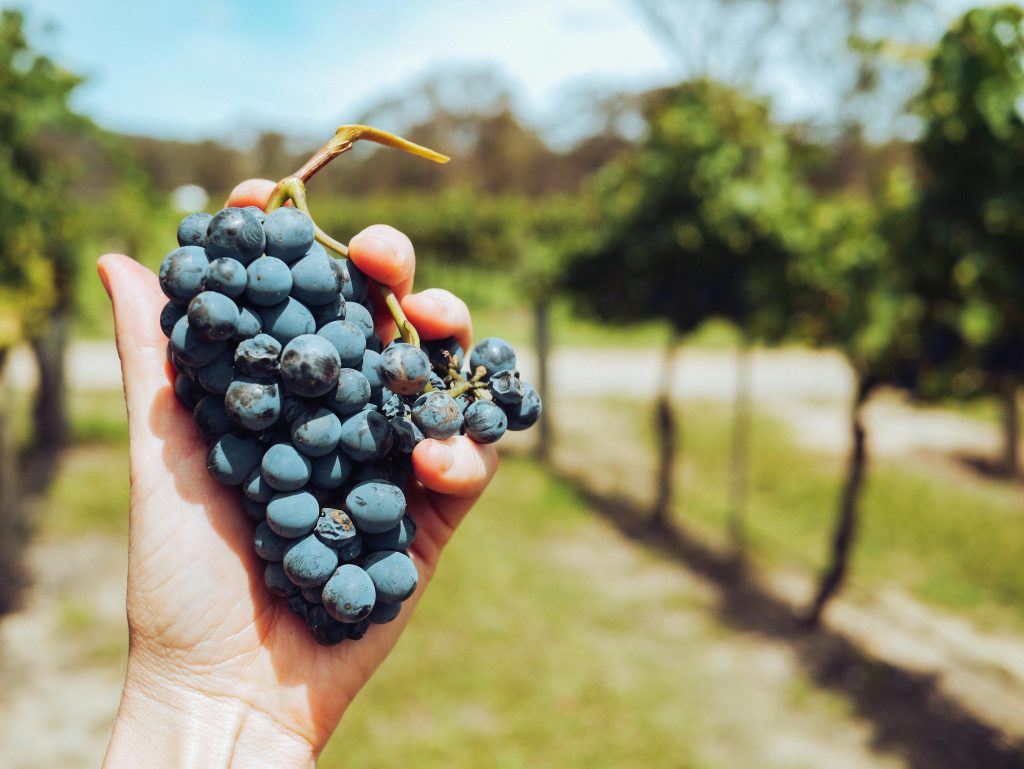
Spotlight on Key Australian Regions and Their Cabernet Styles
Each region brings something unique to the Cabernet table. Here’s a breakdown of the most renowned areas for Australian Cabernet and what makes each style distinctive.
1. Coonawarra
Famous for its unique terra rossa soil, Coonawarra produces Cabernets that are earthy, with herbal undertones and a remarkable structure. Coonawarra Cabernets often age beautifully, gaining complexity over time.
2. Margaret River
Known for its maritime climate, Margaret River produces wines with intense concentration and vibrancy. The region’s Cabernets often show notes of black currant, mint, and eucalyptus, balanced with fine tannins.
3. Barossa Valley
Though known for Shiraz, Barossa also makes some impressive Cabernets. Barossa Cabs are bold and fruit-forward, showcasing rich blackberry flavors with a hint of chocolate and spice.
4. Yarra Valley
This cooler region offers a lighter, more elegant style of Cabernet, with softer tannins and a fresh acidity that makes them incredibly food-friendly.
The Producers at the Forefront of Cabernet’s Revival
Behind every great wine revival is a group of passionate winemakers who believe in their grape. Here are a few producers leading the charge for Australian Cabernet Sauvignon:
1. Penfolds
Penfolds has been producing exceptional Cabernets for decades, and their recent releases highlight the potential of Australian Cabernet. Their Bin 707 is iconic, showing what structured, age-worthy Aussie Cab can be.
2. Vasse Felix
In Margaret River, Vasse Felix is producing Cabernets that balance elegance and intensity. Their dedication to sustainable practices and minimal intervention has put them at the forefront of the varietal’s revival.
3. Wynns Coonawarra Estate
Wynns has a long history of producing Coonawarra Cabernet. Their Black Label Cabernet Sauvignon, in particular, remains a benchmark for the region, displaying that classic minty, earthy profile.
4. Henschke
Known for their Shiraz, Henschke has also made a name with Cabernet. They produce small quantities of high-quality Cabernet, particularly from cooler sites in the Eden Valley.
New Winemaking Techniques Giving Cabernet a Modern Edge
Many wineries are adopting innovative approaches to bring out the best in Cabernet Sauvignon. Here’s a look at some of the techniques making waves in the industry:
1. Whole-Bunch Fermentation
By fermenting with stems intact, winemakers add a touch of earthiness and a silkier texture. This technique creates complexity and rounds out the wine’s structure, making it more approachable.
2. Lowering Oak Influence
Historically, Aussie Cabernets spent years in oak, but today’s winemakers are rethinking this. Instead of new, heavy oak, they’re using neutral barrels or even large-format oak, which softens the wine without overwhelming its natural flavors.
3. Organic and Biodynamic Farming
Many producers have switched to organic or biodynamic practices, believing that a healthier vineyard means better fruit and, ultimately, better wine. Organic practices are helping reshape the wine’s flavor profile, adding a vibrant freshness.
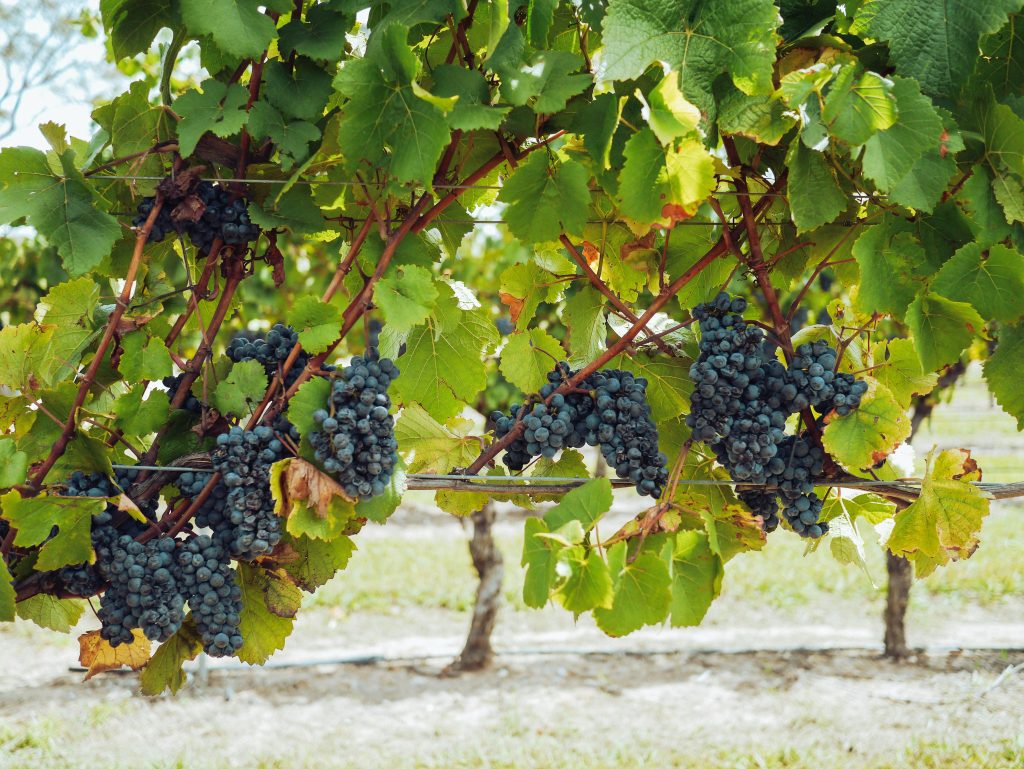
Pairing Australian Cabernet Sauvignon: Not Just for Steak Night
Australian Cabernet Sauvignon has a reputation for being a “steak wine.” But there’s more to it than that. Here are some pairing ideas that showcase the wine’s versatility:
1. Roast Lamb
Australian lamb with rosemary pairs beautifully with Cabernet, especially from Coonawarra, where the herbal notes in the wine complement the savory flavors of the lamb.
2. Hard Cheeses
Aged cheddar or gouda is a fantastic match. The wine’s tannins cut through the creaminess of the cheese, creating a balanced, satisfying pairing.
3. Vegetarian Fare
Think grilled portobello mushrooms or a smoky eggplant dish. These bring out the earthy side of Cabernet, making for an unexpected but delightful combination.
The Future of Australian Cabernet Sauvignon
Australian Cabernet Sauvignon is here to stay, but what’s next for this iconic grape? As more winemakers experiment with different techniques and as consumer tastes evolve, we can expect to see even more unique expressions of Cabernet.
With climate change, Australian wineries are also investing in drought-resistant vineyard practices, planting Cabernet Sauvignon in new regions, and exploring ways to make wine sustainably.
Conclusion
The revival of Australian Cabernet Sauvignon isn’t just a trend—it’s a new chapter in the country’s wine story. Bold, structured, and full of character, this grape has once again found its place among wine lovers, showing the world why it deserves a spot at the table. Whether you’re a long-time fan or a curious newcomer, there’s never been a better time to explore the diverse, exciting world of Australian Cabernet Sauvignon.
